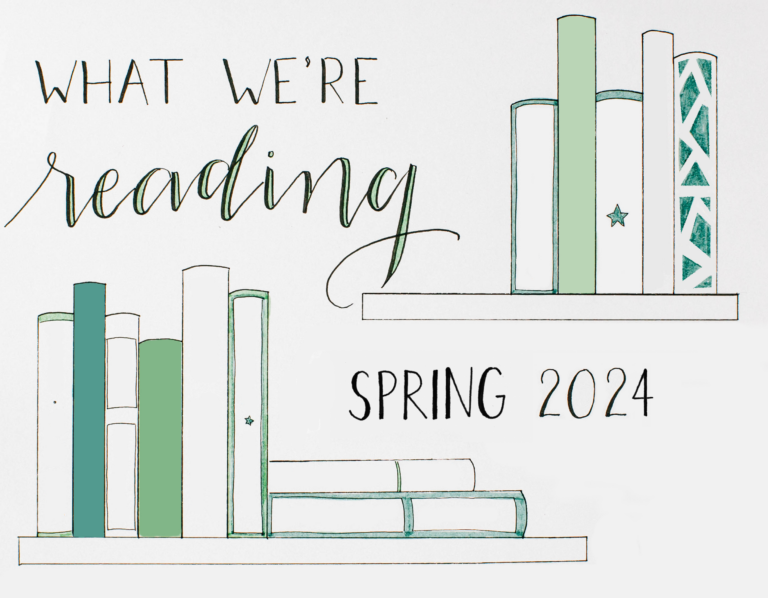Bringing the past to life has endless appeal to readers of all genres.By Jessica Dukes
Historical Fiction is one of those sub-genres of literature that takes many forms. It’s most important feature, though, is that it’s set in the past, with every element of the story conforming to the norms of the day. Here’s how we define Historical Fiction, a look at its origins, and some popular types.
“Historical Fiction” Definition
Historical Fiction is a story that takes readers to a time and place in the past. How far back in time does an author have to go for their work to be considered Historical Fiction? A good rule of thumb is a minimum of 50 years. The idea is to take readers out of the events of their lifetime. Most book lovers agree that Historical Fiction is the closest we’ll get to actual time travel.
What makes a historical novel believable is its setting. Historical Fiction is set in a real place, during a culturally recognizable time. The details and the action in the story can be a mix of actual events and ones from the author’s imagination as they fill in the gaps. Characters can be pure fiction or based on real people (often, it’s both). But everything about them — their attitudes and look, the way they speak, and problems they face — should match the era. Of course the key to an author getting all of this right is research. Authors are always allowed artistic license, but the most satisfying works of Historical Fiction have been researched down to every scent, button, turn of phrase, and cloud in the sky.
Origins of Historical Fiction
We can look to ancient literature for examples of authors putting their own spin on historic events. Herodotus’ The Histories (440 BC) celebrates the improbable victory of the Greek military against the invading Persians a century earlier. The epic poem is considered a cornerstone of Greek and Persian history as well as a literary masterpiece.
It wasn’t until the early 1800s that Historical Fiction emerged as a contemporary literary genre. Sir Walter Scott’s Ivanhoe (1819) was one of the first popular novels of the genre. Set in 1194 near the end of the Crusades, the book’s titular hero returns to England only to find he has been disinherited for falling in love with the wrong woman. Ultimately, Ivanhoe must choose between family and country, or love.
Although best known for Frankenstein, Mary Shelley also jumped on the Historical Fiction bandwagon with Valperga (1823), a romantic history about a 14th-century despot who conquers Florence in order to win the love of its countess. James Fenimore Cooper’s five Leatherstocking Tales (1823-1841) follow Natty Bumppo, a white man raised by the Mohawk tribe in the mid-1700s. The most popular book in the series, The Last of the Mohicans has Chingachgook and Uncas (the Mohican chief and his son) joining Bumppo in skirmishes during the French and Indian War. And in Russia, Leo Tolstoy’s War and Peace (1869) looks back a few short decades to the events of the French invasion of Russia in 1812, one of the major Napoleonic wars.
By the early 1900s, Historical Fiction was an established favorite among readers. It started bringing the American Civil War into focus, most notably in William Faulkner’s Absalom, Absalom! (1936). And later in the century, authors regularly turned to the horrors of two world wars for inspiration. In The English Patient (1992) by Michael Ondaatje, four people try to survive in an abandoned Italian villa during WWII. Sarah's Key (2006) by Tatiana de Rosnay traces the life of a young Jewish girl taken into Nazi custody in France.
These days, the events from the 1960s officially qualify as Historical Fiction. Denis Johnson’s Tree of Smoke (2007) examines the psychological horrors of Vietnam through characters that did and did not go to war. Denise Nicholas’ Freshwater Road (2005) is set during the Freedom Rides of the 1960s civil rights movement.
Types of Historical Fiction
The general category of Historical Fiction is often called Documentary Fiction. It adheres closely to events of the era and strives to be as historically accurate as possible. In The Buddha in the Attic (2011), Julie Otsuka follows the lives of three young Japanese “picture brides” in San Francisco. Louise Erdrich’s The Night Watchman (2020) features a Chippewa man trying to make life better for his reservation in 1953.
Biographical Historical Fiction, tells the fictionalized story of a real person’s life. Colm Tóibín’s The Master (2004) follows the life of Henry James across Europe as he works and falls in love. This category also includes stories about the history of a specific group of people, like Charles Johnson’s Middle Passage (1990) which details the terrors of the slave trade.
Historical Series and Epics are works of Historical Fiction that cover many eras, often in several settings.
Ken Follett’s Kingsbridge series begins with The Pillars of the Earth (1989), about the building of a great Gothic cathedral in 12th century England, and ends five centuries later. In Frank Delaney’s Ireland (2005), a storyteller holds every tale important to the country, from ancient kings through 20th century triumphs.
Historical Mysteries and Thrillers have all the elements of the contemporary genre; they’re just set in the past. Jess Kidd’s Things in Jars (2019) takes readers to Victorian London, where Detective Devine must rescue a valuable child. Set in a remote Icelandic coastal town in the 1680s, The Glass Woman (2019) by Caroline Lea features a newly-married woman questioning how her husband’s previous wife died.
Historical Romance tells the burning love stories of the past. In Diana Gabaldon’s epic Outlander (1991) series, a British nurse has just returned from the war when she’s mysteriously thrown 202 years back in time and has an affair for the ages. Margaret Mitchell’s Gone with the Wind (1936) introduces the world to Scarlett O’Hara, a young woman determined to marry well during post-Civil War reconstruction.
Historical Adventures often take readers on journeys by air, sea, or land. A young slave risks her life in a terrifying ride to freedom in Colson Whitehead’s The Underground Railroad (2016). Homer’s The Odyssey (8th century B.C.) recounts the past triumphs and defeats of Greek hero, Odysseus, as he sails home from war.
Historical Fantasy gives the author artistic license to change the details of the past while holding fast to others. W. M. Akers’ Westside (2019) imagines a dystopian 1920s New York City, with the rich and poor divided by a giant fence along Broadway. This category also includes alternative reality histories — an exercise in what could have happened, despite an already-resolved event. In Philip Roth’s The Plot Against America (2004), Charles Lindbergh becomes President in 1940 and shows no interest in stopping Hitler’s rise to power. Characters in Stephen King’s 11/22/63 (2011) try, with the help of time travel, to stop the assassination of John F. Kennedy.



